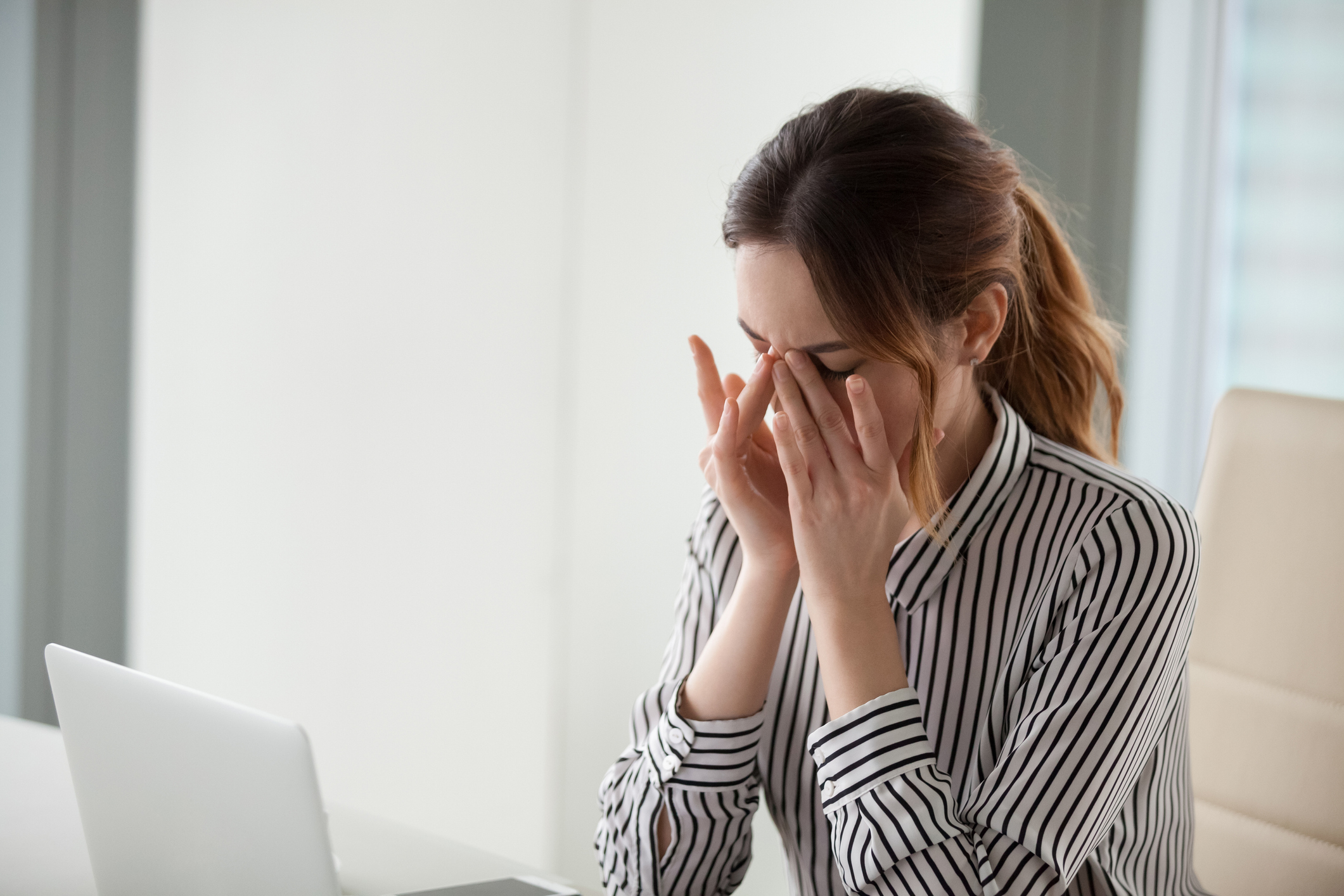
The terms anxiety, anxiety attack, panic attack and panic disorder are often used interchangeably to describe the physical and mental symptoms that go with nervousness, intense fear, dread and discomfort. But these are distinct conditions set apart by their features, and they can be diagnosed by mental health professionals.
What is a panic attack?
A panic attack is a single episode of an overwhelming feeling of intense fear and anxiety. It comes on as a sudden rush, with physical symptoms and frightening thoughts.
If you have a panic attack, you might have a racing heart and palpitations.You might have pain in your chest. You might feel flushed, have chills and be sweating and shaking. You might also feel dizzy, faint and breathless. You may feel like you are going to die.
The symptoms can make it seem like you are having a heart attack, stroke, asthma attack or other medical emergency.
If you are in any doubt, and you have pain in your chest, then call triple zero (000) immediately and ask for an ambulance. If calling triple zero (000) does not work on your mobile phone, try calling 112.
What are the symptoms of a panic attack?
Panic attack symptoms can happen at any time. They come on very rapidly and usually peak within 10 minutes. Symptoms include:
- sweating
- trembling or shaking
- increased heart rate
- chest pain
- shortness of breath
- feeling like you’re choking
- nausea or pain in the stomach
- dizziness, or feeling lightheaded or faint
- numbness or tingling
- hot or cold flushes
- depersonalisation (feeling detached from yourself)
- derealisation (feelings of unreality)
- fear of dying
- fear of losing control or that you’re going crazy
Panic attacks come on fairly suddenly and usually last up to half an hour. A panic episode leaves the person feeling temporarily exhausted and drained.
What causes a panic attack?
An isolated panic attack is usually in response to a clear trigger.
Panic attacks are very common, with up to 15 in every 100 Australians having a panic attack at some stage in their life.
What can you do if you’re having a panic attack?
There are some things that can help when you are having a panic attack.
- Breathe deeply and slowly for around 4 minutes — this can reduce symptoms of panic.
- Try to breathe from your abdomen, not your chest.
- Remind yourself that the symptoms are caused by anxiety, unless of course you are in doubt (see above).
- Know that the panic attack will pass.
- Try to ride out the symptoms — don’t fight them.
Is an anxiety attack the same as a panic attack?
‘Anxiety attack’ is not a recognised medical term, and it can mean different things to different people. Saying ‘I had an anxiety attack’ can mean ‘I felt anxious’, or it can mean ‘I had a panic attack’, or it can mean something else.
Anxiety involves feeling worried about something that might happen, or is going to happen, as well as feelings of nervousness or tension.
Anxiety is part of life. But there are some people who feel anxious so often that it interferes with their life. If that’s the case, they might have an anxiety-related disorder.
When should I see my doctor?
If you have had a panic attack, talking to your doctor is a good place to start.
If you have more panic attacks, then you may have panic disorder, and should see your doctor. If you’d like to find out more or talk to someone else, scroll down for a list of resources.
How is a panic attack different to panic disorder?
Having a panic attack doesn’t necessarily mean you have panic disorder.
With panic disorder, you have repeated panic attacks that severely disrupt your life. They can happen at any time, for no apparent reason, when there’s no obvious trigger or danger. You feel in constant fear of having another one to the point that you may change your behaviour. You may start to avoid crowded places and public transport. Some people develop agoraphobia, where they are too fearful to leave the house, or social anxiety disorder.
However, people with panic disorder can also have ‘expected’ panic attacks — ones that happen in response to a particular situation that they fear.
What causes panic disorder?
Panic disorder (recurrent panic attacks) is not caused by just one thing. Usually, there are a few risk factors that contribute, such as:
- a family history of anxiety or depression
- a chronic medical condition — such as asthma, COPD or a heart rhythm problem
- stressful life experiences — for example child abuse or bereavement
Recurrent panic attacks can be a symptom of an anxiety disorder.
How is panic disorder treated?
Treatment for panic disorder can help reduce the number of attacks you have and make them less intense. Your doctor will be able to help you with this.
Treatment involves:
- psychoeducation — learning about the condition
- breathing exercises — to manage attacks when they happen
- relaxation techniques — such as mindfulness and meditation
- lifestyle changes — reducing smoking, caffeine and alcohol, and doing regular moderate physical activity, eating well and getting good quality sleep
- cognitive behavioural therapy — a talking therapy that gives you practical tools to manage panic attacks
- medication

